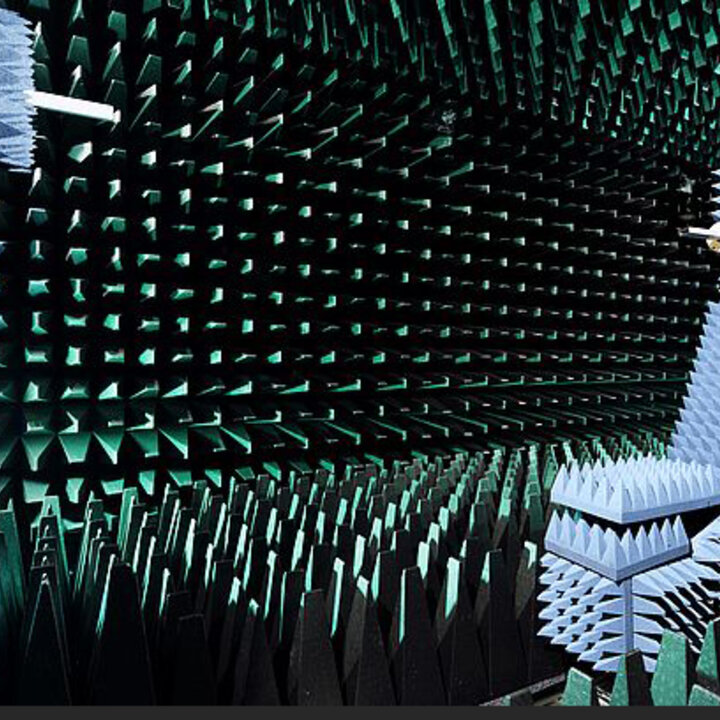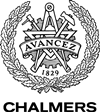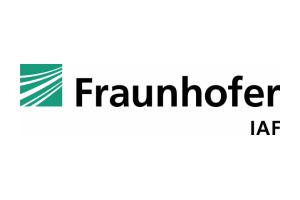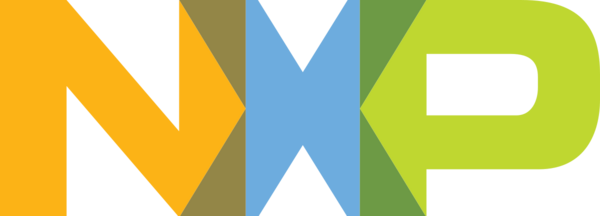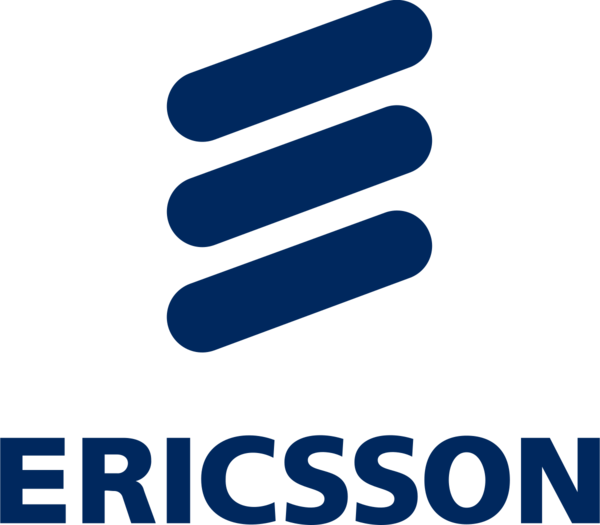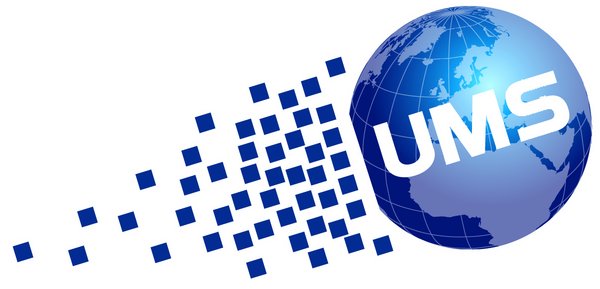Emerging information technologies will require a major increase in data-rates and capacity of wireless communication systems. This stimulates the use of the millimetre-wave (mm-wave) frequency domain to support these new concepts, where much more signal bandwidth is available. For 5G, the objective is to achieve data-rates up to 10 Gbit/s through the use of the lower mm-wave spectrum (<40 GHz). For beyond 5G, even higher frequencies well above 100 GHz are expected. At the same time, current R&D departments are struggling with some major physical issues already at the lower mm-wave bands. Especially the power consumption of the radio electronics and robust communication links to mobile users remain major challenges.
The network under consideration is covered by multiple low-cost remote radio heads (RRHs), which are all connected via front-haul links to a central processing unit. This concept is known as a cloud radio access network (C-RAN). The main purpose of such a distributed base-station is to make it possible that several RRHs can communicate with the UEs. By doing so, the robustness of mm-wave links is drastically improved as at least one RRH maintains line-of-sight (LOS) contact to the UE. Moreover, overhead due to hand-overs of moving users is significantly reduced as a large area is managed by one central processing unit. Due to the use of distributed RRHs, this concept is referred to as Distributed Massive Multiple-Input Multiple-Output (DM-MIMO).
The goal of this project is to find strategies for efficient communication. Multiple orthogonal strategies must be utilized by Remote Radio Heads (RRH), one for each transmitting receiving user. The RHHs act as relays between source or destination and the users. It is the objective of the project to design the signal processing algorithms and protocols for the small-scale DM-MIMO testbed of the project. The project is based on multi-user information theory, more specifically broadcast, multiple access and relay transmission protocols. To make transmission reliable, the application of coding techniques is crucial.
MyWave is a European funded Marie Curie project that started October 1, 2019, with partners from Sweden, Germany, Belgium, Italy and the Netherlands. Its main purpose is to train 15 young researchers (PhD students) to become experts in key technologies for future mobile telecommunication systems. Throughout the training programme, the PhD students will each work on an individual research topic that is of high relevance for the successful further development of the next generation mobile telecommunication system (5G and beyond). Each student will spend at least 18 months at an industrial partner. In this way, the outcome of the research will directly benefit the European industry while the young researchers gain experience in an industrial work environment.
Participants

Emerging information technologies will require a major increase in data-rates and capacity of wireless communication systems. This stimulates the use of the millimetre-wave (mm-wave) frequency domain to support these new concepts, where much more signal bandwidth is available. For 5G, the objective is to achieve data-rates up to 10 Gbit/s through the use of the lower mm-wave spectrum (<40 GHz). For beyond 5G, even higher frequencies well above 100 GHz are expected. At the same time, current R&D departments are struggling with some major physical issues already at the lower mm-wave bands. Especially the power consumption of the radio electronics and robust communication links to mobile users remain major challenges.
The network under consideration is covered by multiple low-cost remote radio heads (RRHs), which are all connected via front-haul links to a central processing unit. This concept is known as a cloud radio access network (C-RAN). The main purpose of such a distributed base-station is to make it possible that several RRHs can communicate with the UEs. By doing so, the robustness of mm-wave links is drastically improved as at least one RRH maintains line-of-sight (LOS) contact to the UE. Moreover, overhead due to hand-overs of moving users is significantly reduced as a large area is managed by one central processing unit. Due to the use of distributed RRHs, this concept is referred to as Distributed Massive Multiple-Input Multiple-Output (DM-MIMO).
The goal of this project is to find strategies for efficient communication. Multiple orthogonal strategies must be utilized by Remote Radio Heads (RRH), one for each transmitting receiving user. The RHHs act as relays between source or destination and the users. It is the objective of the project to design the signal processing algorithms and protocols for the small-scale DM-MIMO testbed of the project. The project is based on multi-user information theory, more specifically broadcast, multiple access and relay transmission protocols. To make transmission reliable, the application of coding techniques is crucial.
MyWave is a European funded Marie Curie project that started October 1, 2019, with partners from Sweden, Germany, Belgium, Italy and the Netherlands. Its main purpose is to train 15 young researchers (PhD students) to become experts in key technologies for future mobile telecommunication systems. Throughout the training programme, the PhD students will each work on an individual research topic that is of high relevance for the successful further development of the next generation mobile telecommunication system (5G and beyond). Each student will spend at least 18 months at an industrial partner. In this way, the outcome of the research will directly benefit the European industry while the young researchers gain experience in an industrial work environment.
